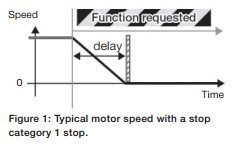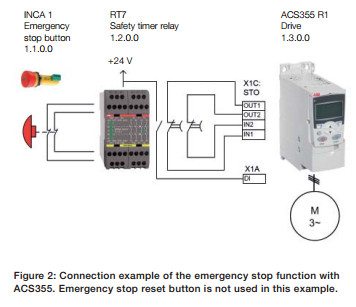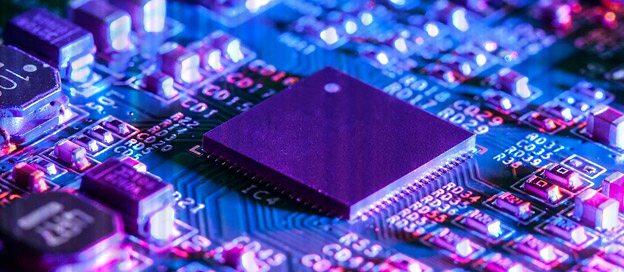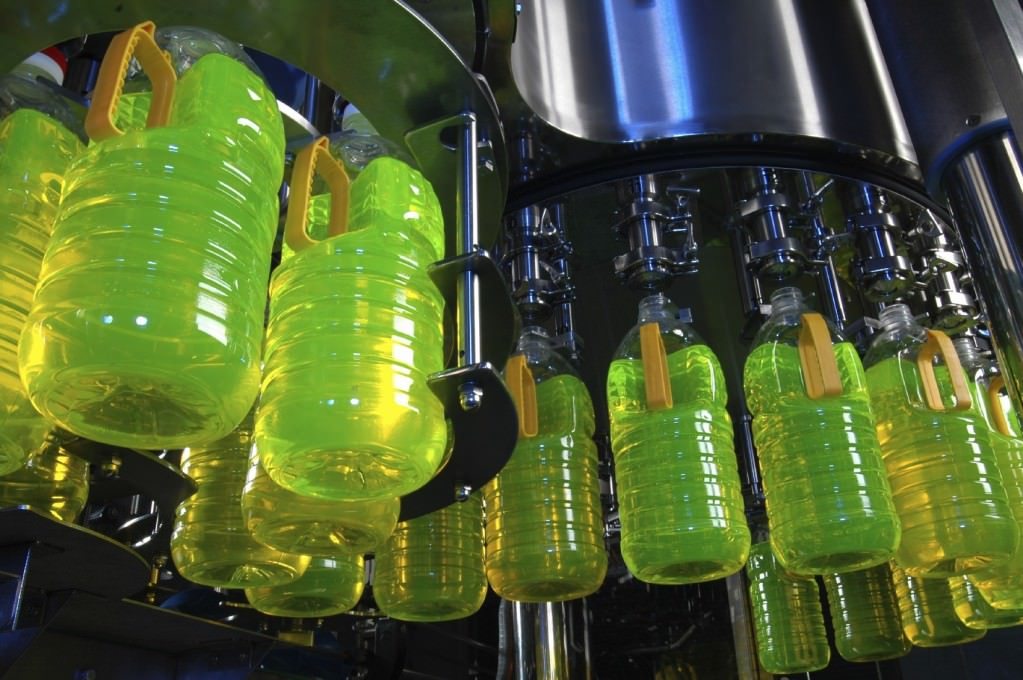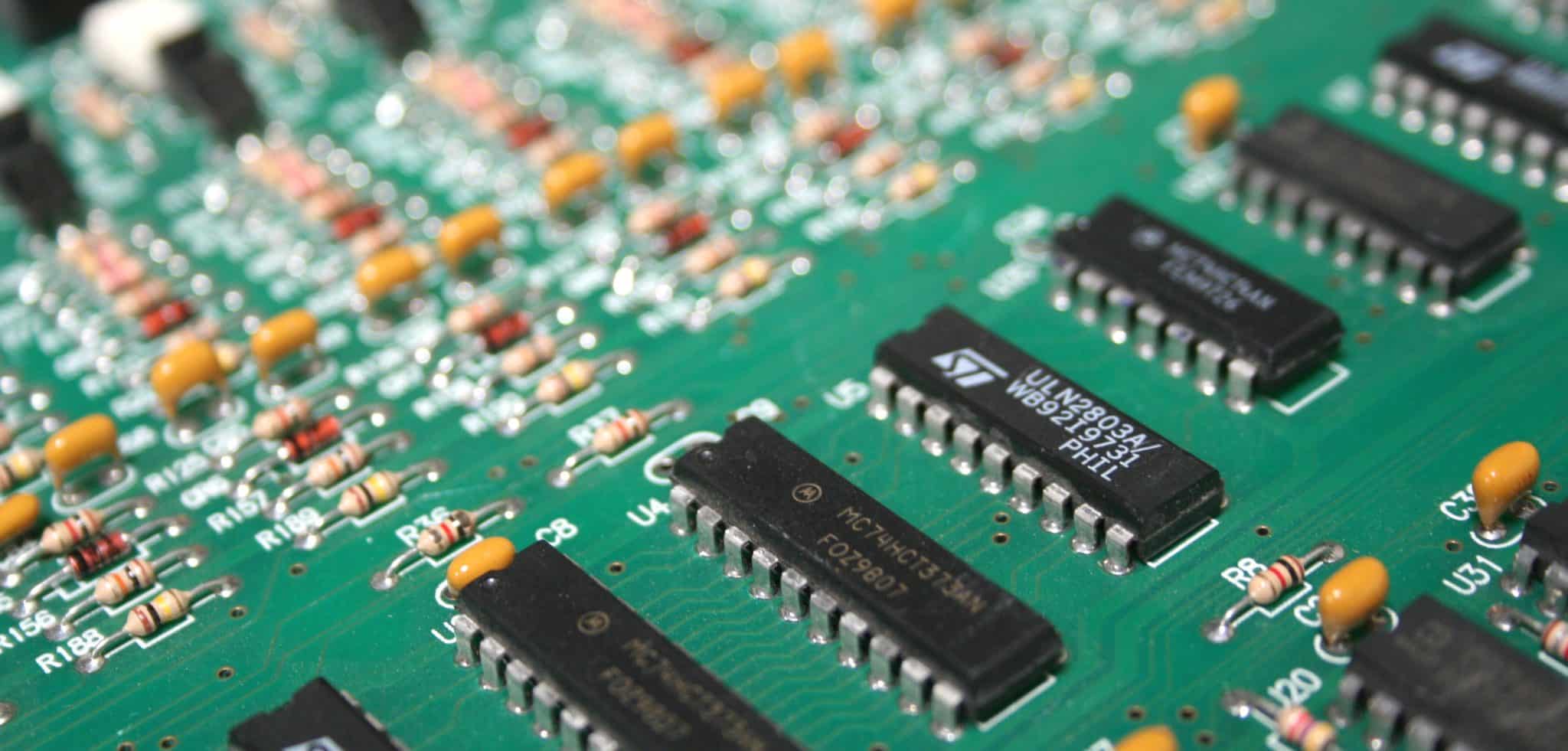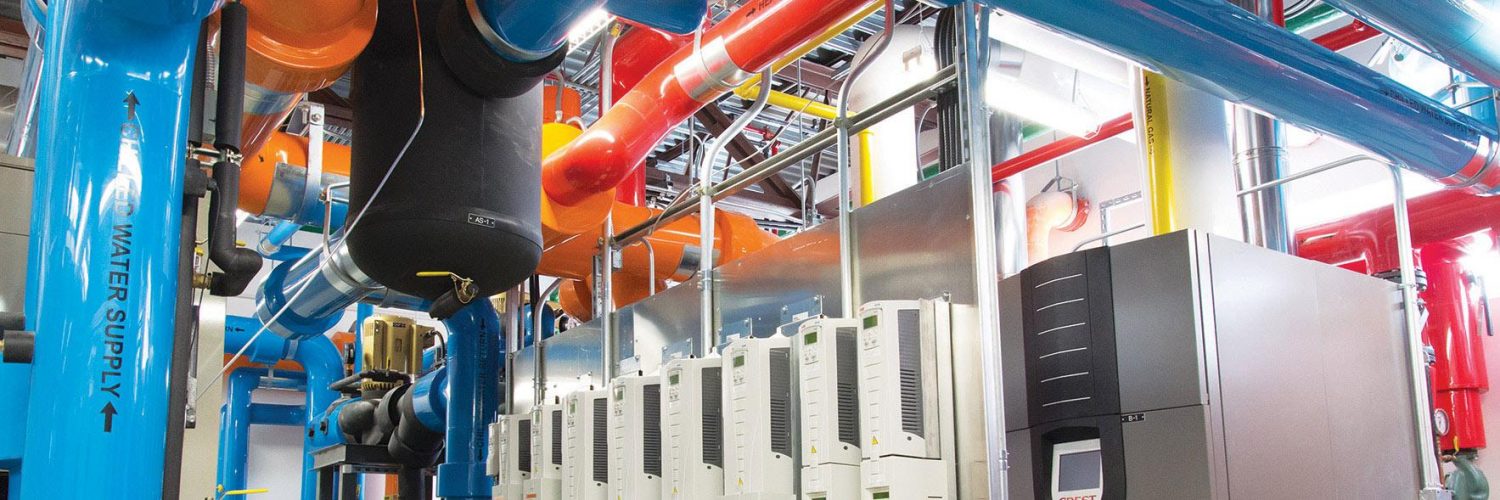Inverter Repair
Most inverterrepair can be prevented with routine maintenance. Inverter repair costs and lead times can also be reduced with routine maintenance. Inverterrepair can be expensive and also cost manufacturers production downtime while the inverter repair is in process.Most manufacturers stock spare inverter modulesto prevent production downtime in the event of an inverter failure.Components used forinverter modules are often cheaply made and prone to failure. Knowledgeable inverter repair shops should replace cheaply made components with high quality components during the inverter repair process. Using high quality components in an inverter repair ensures a higher chance of success and a longer lifespan during production.
Connections
Checkingconnections is a step many people miss or do incorrectly during the inverterrepair process. Heat cycles and mechanical vibration can lead to sub-standard connections, as can standard preventative maintenancepractices. Reusing torque screws is not a good Idea, and further tightening an already tight connection can ruin the connection.Bad connections eventually lead to arcing. Arcing at the inverterinput could result in nuisance over voltage faults, clearing of input fuses, or damage to protective components. Arcing at the inverteroutput could result in over-current faults or even damage to the power components.
Loose connections can cause erratic operation. Loose START/STOP signal wires can cause uncontrollable inverterstarting and stopping. A loose speed reference wire can cause the drive speed to fluctuate, resulting in scrap, machine damage, or personnel injury.
Conduct Diode and IGBT Tests
There are a number of methods to test the input and output power sections of an inverter, and this step is essential prior to applying power to the inverterunit. If for any reason there is a short on the input side or output side of the inverter, further damage can be caused to the unit if power is applied to it.
For this reason, Precision Electric uses meters to properly test the input and output power sections of the inverter prior to applying power to the actual unit. If a short is found, the unit can be disassembled and the cause of the short can be diagnosed and quoted for repair. If the repair is too costly, then a replacement is offeredto the customer.
Power Up Unit
If the input and output power sections test healthy during this step of the inverter repair process, Precision Electric will power the unit and perform amp reading and output frequency tests. Precision Electric prefers to slowly increase power voltage to the unit until the rated input voltage of the inverter is achieved.
Depending on whether or not the inverter provides a display will determine what further action(s) will be taken. If display is unavailable, dis-assembly and diagnosis of the internal power supply of the control section of the inverter is likely necessary to further evaluate cause of failure and establish costand lead time for the inverter repair.
Run A Motor
If the previous three tests have passed during the inverter repair process, then it is time to run a basic jog function of the inverter with a simple template program. Often when an inverter comes into our facility, we make sure to backup whatever program is currently stored in the inverterprior to inputting a template program and running a test procedure. This ensure we have a backup copy of the program.
The best method for backing up depends on the brand of drive, but after it has been backed up, we either reset the inverterto factory defaults through the keypad and recommission a basic start, stop and job application or closed loop if an encoder is involved. If the motor will not run, it will be necessary to checkthe output voltages and current ratings going to the motor to see if the inverteris functioning properly to rotate the motor.
Contact Customer
At this point we have determined the cause of failure, estimated lead time and costof the inverterrepair. If the inverter has tested good entirely, then further underlying issues are communicated with the customer. This is when Precision Electricwill gather application specific information from the customer to establish whether or not it may be some outside issue associated with the system including, but not limited to, PLC communications, faulty IO, bad wiring or even bad cabling. There is no single way to do this step, as it really depends on a wide variety of variables.
Send Service Tech
If the customer cannot establish failure on any other aspect of the machine and the inverterappears to test fine, then it may be necessary to send a field service technician on site to establish cause of failure. Field service technicians should betrained to troubleshoot any issue ranging from standard inverterrepair, to advanced robotics, PLCs and more. Field technicians should also be trained to establish cause of failure and come up with solutions as quick as possible.
Inverter repair should be taken with extreme caution. Inverterrepair should only be performed by technicians who have required training and experience to work with electrical equipment. Precision Electric strongly recommends to consult an expert in the field when repairing or installinginverterequipment.Many invertercontrollers have an internal DC bus that retains a charge after power has been cut to the drive, as a result, it does not mean it’s safe to work with. Technicians working with inverter repair must always take extra precautions to ensure proper safety measures are taken, or injury or even death may occur.
For inverterrepair and inverter replacement quotes, contact Precision Electric.



